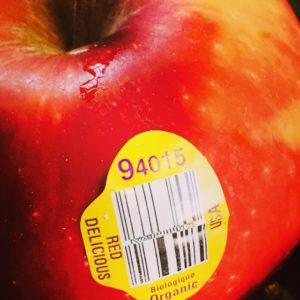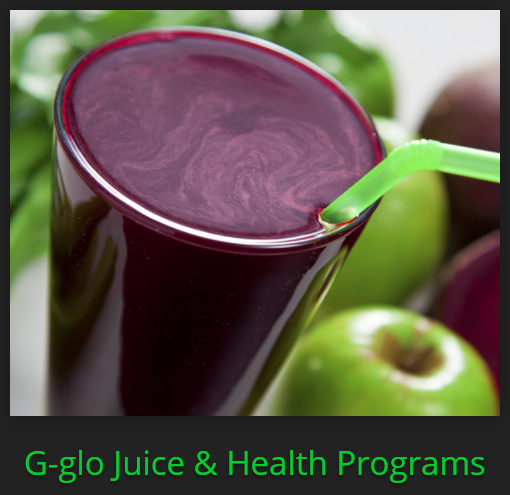In the wake of the the Organic Elite’s (Whole Foods, Stonyfield Farm and Organic Valley) betrayal, I have been thinking about ways that folks can empower themselves as more genetically modified foods inevitably make their way into our “health food” stores.
Many of you may be familiar with PLU codes—an identification number found on produce, herbs and a few other grocery store items—that makes check-out and inventory control easier and more efficient. A PLU code is believed to be your key to identifying if that tasty looking apple is conventionally grown (full of pesticides and grown with petroleum-based fertilizers in depleted soil), organically grown (pesticide-free and non-GMO) or genetically modified frankenfood (not from nature, not food).
PLUs for conventionally grown produce are usually a four-digit number, currently in the 3000–4999 range. If an item is organic, you will see a five-digit number beginning with the number 9. If it is genetically modified, you will see a five-digit number beginning with the number 8.
Personally, I try to only purchase produce with a PLU beginning with a 9 only with an occasional exception. I help myself remember the code with the little rhyme “9 is fine.” For now, a PLU seems to be the only thing to count on if you buy from larger stores. Certified organic products, in the US and Canada, cannot intentionally include any GMO ingredients, but as we know, seeds float and travel through the air…
International bestselling author, filmmaker and executive director of the Institute for Responsible Technology, Jeffrey Smith, says, “The great news is that there are only 4 GMO veggies or fruits at this point: papaya, but only from Hawaii and no where else; some zucchini and yellow squash, and corn. For these, unless it says organic or boasts a non-GMO sign in the store, eating them is a gamble. It could be GMO.” You can also add sugar beets, alfalfa and soybeans to the list.
It’s important to become familiar with the most common genetically modified foodstuffs, as well as the product derivatives that are most likely to be genetically modified, since there are a lot of differing opinions about relying on PLU codes. Some say that PLUs can be your secret savvy-shopper weapon, while others, like Jeffrey, say that GMO codes are “hypothetical” and not designed to communicate with customers since they are optional for retailers to use.
Since PLUs are currently optional to use, and especially since many Americans are afraid of genetically modified foods, retailers, and even some seed suppliers when selling to farmers, opt out of using the identifying numbers.
The bottom line usually wins out over concern for the health of the people. There’s not a lot of money to be made on a planet full of healthy, informed people. And there is plenty of money to cover up the issues caused by producers of genetically modified product as well as advertise its unfounded benefits. Companies like Monsanto have approximately $754 million dollars a year just for advertising. Wonder what the ad budget is for organic farming?
It goes without saying, that buying local, certified organic is always first choice. However, like most of us, we are often at the mercy of shopping at the store.
For now empower yourself by gaining as much knowledge as you can and buying as many 9’s in the market as you can comfortably afford to do so. Knowledge=Power
Big Love, Ami





